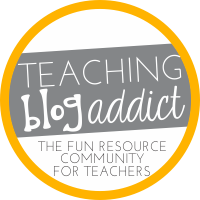There is no other novel quite like The Man Who Loved Clowns! Scroll down to download FREE printable handouts and The Man Who Loved Clowns lesson plans to teach chapters 1-3 of this novel.
My seventh grade students absolutely LOVE this book, and I will most likely read it every year until I retire. It will make you laugh; it will make you cry; and you nor your students will ever forget it! I run into students that I taught ten or fifteen years ago, and they say, “I still remember that book about Punky.” It truly is an amazing story!
When we created our The Man Who Loved Clowns lesson plans for our teaching unit, we wanted to make sure that we used every opportunity to examine the author’s craft. June Rae Wood weaves together such a heartwarming story, and it is not by chance that readers fall in love with her main characters. How is it that we love Punky so much? What phrases and lines linger on in our memories? How does she make us feel as if what happens to Delrita is happening to us too? These questions make great discussions.
I want to share some of our lessons for this novel. In August, we start reading this book. Most chapters, I read aloud with my best voices for each character. Some chapters I allow students to read readers’ theater style, and some chapters they read on their own. We finish it in early October, and by then my students love my class, mainly because of Delrita and Punky, the man who loved clowns.
This novel is perfect for a whole class read aloud, but would also be a great literature circle choice.



